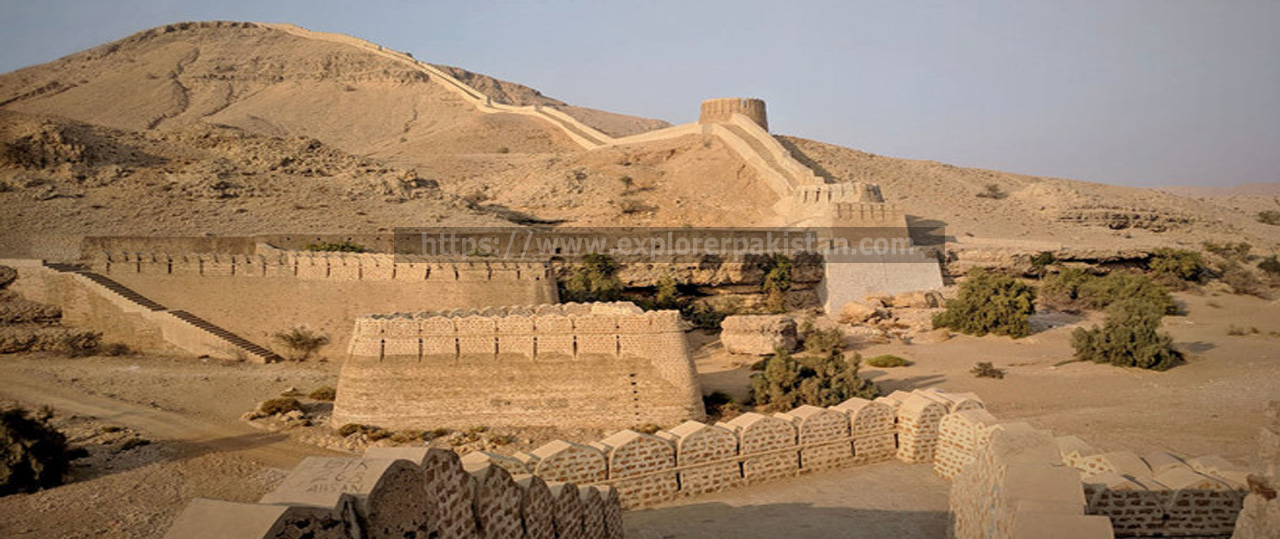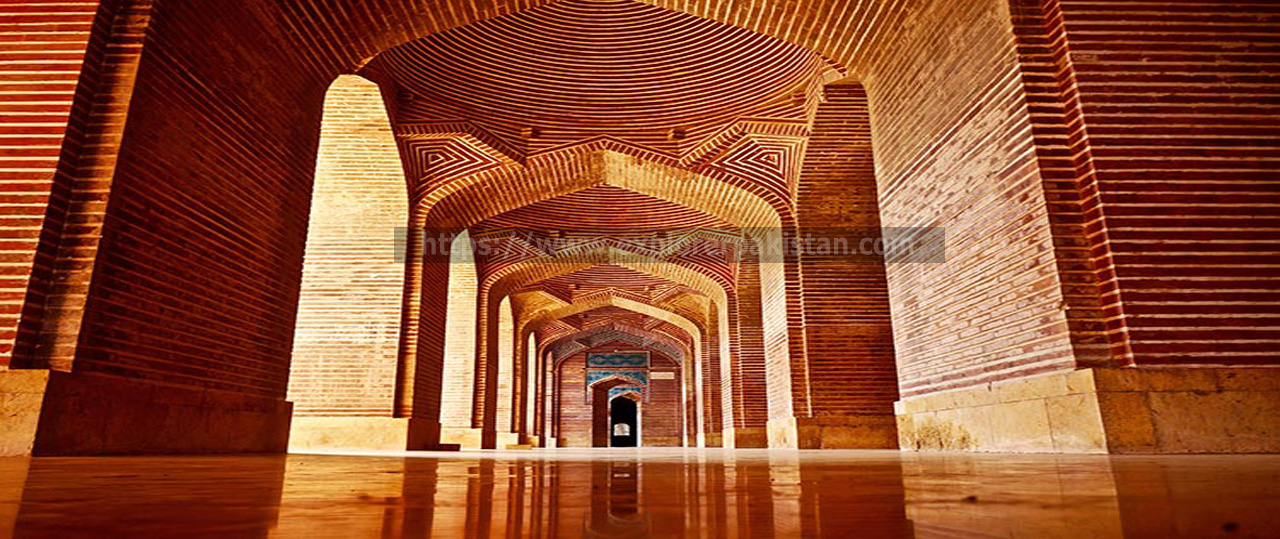Explore Sindh – Beauty & Culture Of Sindh
Explore Sindh Culture & Beauty
Home of the local Sindhis, Sindh is the most distinctive region of Pakistan. Whether it’s the highlights of Sindhi culture, souvenir or the hospitality, this Pakistani province is an ideal place to visit and create unforgettable memories.
The reading is a nutshell which is depicting a greater glimpse in a brief way, so let’s explore Sindh like you never did before.
History
Sindh is the second largest province by population and third largest by area of Pakistan. It is located and also named after the River Sindh (Indus River). The name Hindi or Hindu is also inspired by the name of this province. Sindh had one of the world’s earliest civilizations called Indus Valley Civilization and was a home of Indo-Aryans.
Moenjodaro
Standing as an archaeological trove, Moenjodaro is situated on the right bank of Indus River, Larkana, Sindh province. Looking back to the start of the 3rd millennium BC, Moenjodaro is a 5000-year-old city found as one of the largest settlements in South Asia. This earliest urbanized place of living was first discovered in 1922 and further exploration of ruins was conducted on a large scale in the 1930s. Then a decision was taken to stop further excavation with respect to the sensitivity of ruins after 1965.
Sindhi Culture & Living Patterns
Traditional Dress Code
Sindhi culture mainly represents its traditional dress code which is the top component of Sindhi’s lifestyle. Of course, Sindhi Topiand Ajrak is the symbol of traditional wearing for men, whereas women dress up in Shalwar Kameez. The finest and heavy mirror work with embroidery is popular locally, as well as nationwide.
Traditional Food
Having a delectable, rich and spicy taste, Sindhi foods are well known among the traditional food variety of Pakistan. Spicy fish curry with soup, paired with boiled rice has been a favorite dish of Sindhis. No doubt, mouth-watering Sindhi Biryani, Seyal Mani which is a unique type of Chapati served with green sauce (made with tomato, coriander, and spices), Seyal Dab-roti, Phulko are also the kids of Chapaties cooked with variations. Moreover, Sindhi soup, Seyal Bhaji (a mixed vegetable dish cooked with onion and garlic paste are the typical cuisines loved by locals and outsiders as well. And if we talk about the desserts, Falooda and that are most demanded.
Folk Music
The roots of Sindhi culture is found in Indus valley civilization. Sindhi folk music is a significant part of its culture and has worldwide fame. The land of Sindh has gifted many outstanding artists and poets to Pakistan. One of the gems in poets, Shah Abdullatif Bhatai which can never be neglected.
Language
Sindhi is the Indo-Aryan language of the region of Sindh in the past. In the Sindh province of India, it is been used as an official language. In the Pakistani province of Sindh, the language is also a pride of Sindhis and they are more used to it rather speak Urdu or else.
Tourism of Sindh
Tomb of Quaid
This is the mausoleum of Quaid-e-Azam, an organizer of Pakistan, situated in Karachi. It is made of white marble and was structured by designer Yahya Merchant. While on a visit to this lovely nation, one can’t escape without visiting the author’s grave. It isn’t just excellent yet, in addition, a spot to recollect the individual who was behind Pakistan’s freedom.
Kirthar National Park
After the largest Hingol national park in Pakistan, Kirthar National Park is the second largest national park. It’s located in the Kirtha mountains range of Karachi city and Jamshoro District. It was established in 1974 and is spread into the area of 3,087 square km. Kirthar National Park contains numerous species of wild animals and birds which is one of the most amusing aspects for the visitors.
Ranikot Fort
This ancient fort is located in Sann, Jamshooro District of Sindh province. Ranikot fort has been considered as the world’s largest fort by having the circumference of 26 km. Moreover, the fort is boasted with being nominated for UNESCO world heritage sites in 1993 and still, it’s the part of that list.
Thatta Mosque
The Thatta Mosque is also known as the Jamia Masjid of Thatta. This Mosque is a 17th-century building that serves as the central mosque for the city of Thatta, Sindh. The mosque was built during the reign of Mughal emperor Shah Jehan, who bestowed it to the city as a token of gratitude.
Sindhi culture runs like blood through the vessels of the people who are part of that region. They follow the suit of their civilization. Moreover, Sindh is known for having a great combo of archaeological sites and modern architecture. So, visiting Sindh can add an unforgettable traveling experience to your memories.











